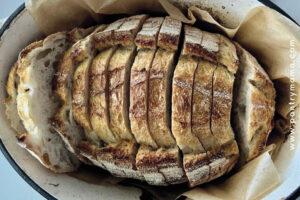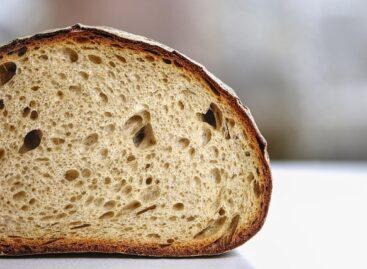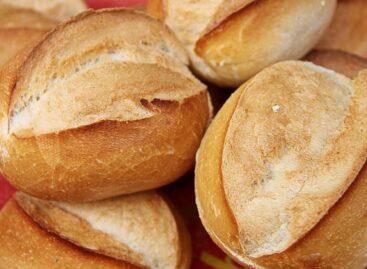The price of flour suddenly jumped: what does this mean for bread and bakery products?
The August data of the Pénzcentrum’s monthly updated “bun index” brought a significant surprise: after a long period of stagnation, the price of flour rose by nearly 50% in a single month. While the price of flour suddenly jumped, the prices of bread, buns and other bakery products remained unchanged for the time being. The question now is how this dramatic increase in flour prices will affect the price of bread and other basic foods in the long run.

The price of flour was HUF 178 per kilogram in June, but it rose to HUF 261 in July, which means a price increase of 46.6%. This increase in price has already noticeably reduced the purchasing power of pensions: while in June, an average pensioner could have bought 1,305 kilos of flour, in July this amount was reduced to only 891 kilos. According to experts, the price increase is mainly due to the low quantity of high-quality grain and the high demand.
Why didn’t the price of bread rise?
The prices of bread and other baked goods have not yet followed the rise in the price of flour. According to data from the Central Statistical Office (KSH), the prices of white bread, brown bread, buns and cocoa nibs barely changed between June and July, and even slightly decreased in some cases. This may seem surprising at first, but in fact there is not always a direct relationship between the price of flour and the prices of bakery products. According to Lajos Braunmüller, the editor-in-chief of Agrárszektor.hu, the price of wheat and flour accounts for only 15-20% of the final price of bread and buns. Energy, transport and labor costs play a much greater role than this.
What can be expected in the future?
Although the current bakery prices do not yet reflect the dramatic increase in the price of flour, in the longer term it seems inevitable that this increase in costs will also appear on store shelves. Based on the latest data, it can be estimated that the price of a kilo of white bread may increase by HUF 62-82, a kilo of brown bread by HUF 51-68, while the price of a bun may increase by HUF 5-6. This would mean that the price of a kilo of white bread could rise to HUF 939-959, a kilo of brown bread to HUF 781-798, and a bun to HUF 71-72, provided that energy and other costs do not change significantly.
However, the extent and timing of the price increase largely depends on how much the bakers can still use the cheaper flour they bought earlier, as well as how energy and labor costs will develop in the future. One thing is certain: consumers can prepare for the fact that the price of bread and other basic bakery products will rise in the near future.
Related news
Research: this is how Hungarians buy fine pastries
🎧 Hallgasd a cikket: Lejátszás Szünet Folytatás Leállítás Nyelv: Auto…
Read more >Ceres Zrt. is building a bread factory in Tata
🎧 Hallgasd a cikket: Lejátszás Szünet Folytatás Leállítás Nyelv: Auto…
Read more >37 young agricultural professionals were awarded in the Hungarians’ Bread program
🎧 Hallgasd a cikket: Lejátszás Szünet Folytatás Leállítás Nyelv: Auto…
Read more >Related news
(HU) Idei győztes sorrend: Grand Automotive East, Tesco Magyarország, Nestlé Hungária
🎧 Hallgasd a cikket: Lejátszás Szünet Folytatás Leállítás Nyelv: Auto…
Read more >Hungarian professional leadership also shaped global economic decisions at the historic B20 summit in South Africa
🎧 Hallgasd a cikket: Lejátszás Szünet Folytatás Leállítás Nyelv: Auto…
Read more >Foodora expands: it brought fast delivery to 21 new cities this year
🎧 Hallgasd a cikket: Lejátszás Szünet Folytatás Leállítás Nyelv: Auto…
Read more >






